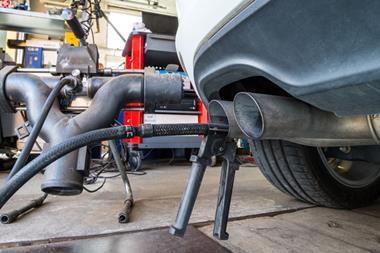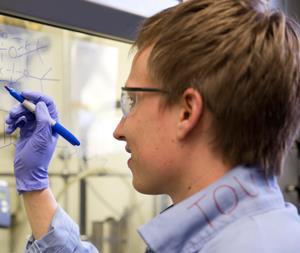Simple reaction that removes almost all sulfur from diesel would help to cut emissions that cause acid rain
US researchers have developed a method to dramatically lower the sulfur content of fossil fuels. Sulfur-rich fuels produce sulfur dioxide when burnt that reacts with water to form harmful acid rain, so the new work could cut pollution.
While there are reactions that can reduce fuel sulfur content to 10ppm – the current EU standard – these require high pressure hydrogen, a metal catalyst and temperatures of 400°C. Lower quality, higher sulfur content diesel is often exported to countries with less stringent standards.

Now, a US team, including John Shabaker from BP, Kendall Houk from the University of California and Nobel prize winner Robert Grubbs from the California Institute of Technology, has developed a simple, low-cost reaction that can cut the sulfur content of diesel from up to 10,000ppm to just 2ppm, well below all current emissions standards. The reaction breaks down dibenzothiophenes, hardy sulfur compounds that other methods struggle with. Two easily available chemicals – potassium tert -butoxide, a strong base, and triethylsilane, a reducing agent – promote the reaction at the comparatively low temperature of 165°C.
The team is now working on recycling the silane, which ends up as disilathiane after the reaction, and is optimising its method to work in industrial refineries.
References
A A Toutov et al,Nat. Energy, 2017, 2, 17008 (DOI: 10.1038/nenergy.2017.8)
















1 Reader's comment